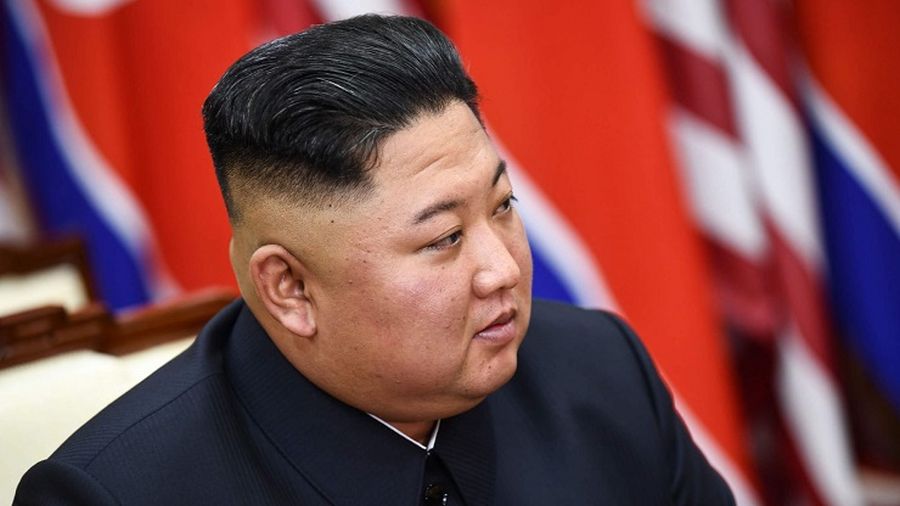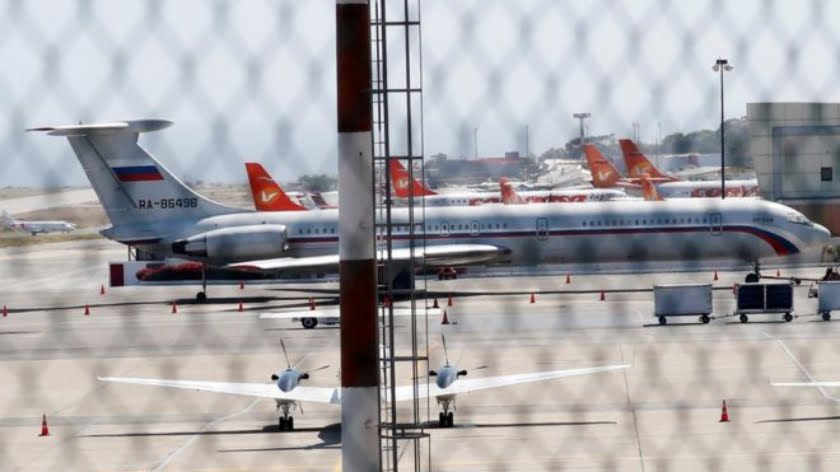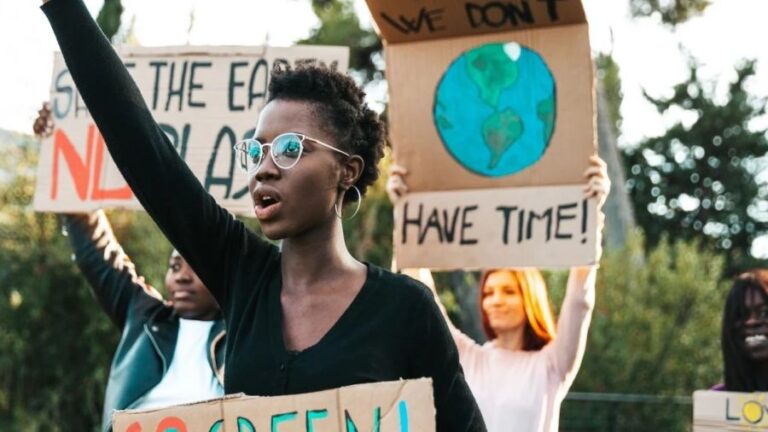Ten Years of Kim Jong-un’s Rule
It’s known that the former North Korean leader Kim Jong-il died suddenly at his workplace on December 17, 2011. The man who had the difficult task of taking the country out of a difficult situation caused by a set of natural disasters and radical changes in the international environment, which the DPRK calls “the hard march.”
Kim Jong il “took North Korea with a plow and left it with a plow and a nuclear bomb.” His youngest son Kim Jong-un inherited a reign, ten years of which deserve a special analysis because the author remembers the degree of skepticism the world and Western experts discussed the rule of the young general. Not everyone was sure that the status quo would last. They lashed out at his youth and unpreparedness, dreaming of the advent of democracy and a speedy unification. Reality proved different, refuting predictions of an inevitable regency, collective leadership, or military coup.
The anniversary was celebrated with a series of commemorative events honoring the late leader and emphasizing loyalty to the current leader.
Anti-Pyongyang propaganda also marked the anniversary with a parade of “fakes” in fairy colors, where a heartbreaking story took the first place by Radio Free Asia. It was reported by an “anonymous resident” of the border town of Sinuiju, clearly copied from stories about how “the evil duchess banned Christmas.”
The South Korean media wrote a lot about the anniversary, mainly around three topics, “purges, nuclear weapons, and Trump’s diplomacy.” By the first, it was meant strengthening his own power, eliminating and removing relatives and other influential figures who could threaten him (People’s Army Chief of Staff Ri Yong-ho, Jang Song-thaek, Kim Jong-nam, etc.). “Through the past ten years, Kim has effectively established his own leadership style using an extensive range of strategies, from building an image of a figure who cares about the lives of the people to the brutal killings of his own uncle and brother outside watchers say.”
The second is that having consolidated power, Kim focused on building and improving the DPRK’s nuclear missile capability, which he had succeeded in doing by the end of 2017, a series of nuclear tests and the launch of the Hwasong-15 intercontinental ballistic missile. Then in 2018-2019, there were three face-to-face meetings between Chairman Kim Jong-un and then US President Donald Trump, although the sides could not achieve the desired results in the negotiation process.
But to talk about the DPRK’s successes would fall under the article of South Korea’s National Security Law, which prohibits “praising the regime.” All such materials ended with the assurance that now Kim may be facing his toughest moment yet, as crushing sanctions, the pandemic and growing economic trouble converge.
As the Korea Times wrote, “Kim should bear in mind that he may face unpredictable consequences if he does not abandon his nuclear ambitions. North Korea’s economy shrank 4.5% last year due to crippling sanctions and the pandemic. An isolated country could face economic collapse if it spends money on a nuclear program. The Kim regime must return to dialogue and take the path of denuclearization before it is too late.“
Such assessments seem one-sided to the author, and the rule of “the third Kim” results look like this.
Domestic Politics
It is clear that American and South Korean authors see it only as a purge. There was quite a serious fight against corruption and those representatives of the partocracy, who had turned their departments into feudal principalities. Speaking of Jang Song-thaek, it is worth noting that a whole series of highly unpleasant incidents against Chinese and other foreign campaigns, which became objects of state racketeering, ceased as soon as Jang was repressed. As for Kim Jong-nam, it’s worth noting that an attempt to accuse North Korea officially fell apart in a Malaysian court.
In addition, speaking of purges against high-ranking party cadres, even human rights organizations note that pressure on ordinary citizens has decreased, and the number of camps has decreased. The heartbreaking stories that the Daily NK, Choson Ilbo, or Japanese media are telling us are not really about tightening the screws in the ideological sphere but rather about the violation of emergency anti-epidemic measures. In other words, smuggler “A” was shot for illegally crossing the border, fraught with the risk of bringing a pandemic into the country, not for bringing in a batch of South Korean soap operas and selling them to minors in the process. Then, Kim Jong-un did a lot to make the state system something more than a chief’s service apparatus. Many institutions, including party congresses, which used to meet on an ad hoc basis, and not by statute, began to meet regularly, and the system of government became more institutionalized. And speaking of Weber’s three types of power, Kim Jong-un moves from a charismatic ruler to a legitimate ruler. This includes the gradual abandonment of the “army priority” policy, a more informal photo style, and the appearance of both “First Lady” Ri Sol-ju and “First Sister” Kim Yo-jong.
It is also worth noting that until now, the personality cult of the third Kim was inferior not only to the first and second but also to a number of his contemporaries, who for some reason did not cause such excitement. Although South Korean Intelligence periodically prophesies that “the portraits of father and grandfather are being taken down,” the country’s leader is called a great leader. Everyone will soon hear about “Kimchenism,” the celebrations where it was time to announce a new era was over, and nothing of the sort was ever seen of them. It is not clear how much the situation will change by the new year, but as far as the DPRK is concerned, a sane expert acts according to the formula “I will not talk about the leader’s death until I see the hearse.” The ten years of Kim’s reign may be a kind of boundary, after which he will equal the merits of his ancestors, but so far, we know this reasoning not from open sources but reports of South Korean intelligence.
Nuclear Missile Program
Kim Jong-un has a military background. Thanks to his efforts, North Korea’s nuclear missile program was developed so rapidly that the previously discussed question of “does North Korea have a nuclear core or are they bluffing” has been finally resolved. Four of the country’s six nuclear tests, including the hydrogen bomb, happened under Kim Jong-un. North Korea has reached the level of nuclear deterrence, albeit minimal.
Cruise missiles, hypersonic gliders, large-caliber MLRSs, short-range fire missiles, the “atomic train,” SLBMs. All this makes war very hard and risky, not to mention that not every power in the nuclear club has an atomic bomb and a hydrogen bomb. As a result, if at the beginning of the reign of young Kim among the “young colonels” of the army of North Korea, the author personally heard statements, “if politicians didn’t interfere with us, we would flatten out the North in 90 hours.” By now, such cocksure sentiments have practically disappeared.
One more vital point to note. A nuclear missile program of this magnitude cannot be “stolen” or “made on the spot.” And this means that North Korea has a serious heavy industry, without which the defense industry cannot exist on its own, and a serious engineering school, because it takes a lot of people with a bright head and straight hands to develop a program in such a time frame.
The Economy
During Kim Jong-un’s reign, attention to building the economy was noted from the early years. First, the policy of prioritizing the military was replaced by a parallel development of the economy and nuclear-armed forces, and since spring 2018, the country has focused on economic growth. Although it is unlikely to build a fully autarkic economy (hampered by geographic determinism), the modern DPRK has made significant progress in this direction.
The growth of North Korea’s economy and rising living standards are quite obvious even when one looks at the panorama of the new Pyongyang. The city has become more colorful, with many modern high-rise buildings and other buildings that are not ceremonial in purpose. The so-called “temple of science and technology” is particularly noteworthy, which combines the virtues of a polytechnic museum aimed at stimulating interest in the research sciences, a major digital library, and a congress center capable of hosting scientific conferences on a global scale.
The improvement in the quality of life of ordinary citizens is particularly noticeable, showing that talk of the “people first” policy is not empty words. The improved quality of life can be traced in many small details, from the appearance of street food kiosks to the bright and modern homemade children’s backpacks. Or the spread of “native pop music” of the level of at least Vanessa Mae.
This modernization is not limited to Pyongyang but is also being actively promoted throughout the country. More recently, the North Korean media wrote about the development of the city of Samchiyon, when a provincial county center was transformed into a modern city.
After the sanctions burdened by the pandemic, it is clear that this level has decreased somewhat but has not dived. That is why another interesting fact should be noted. Before the 2018 Olympic warming, the United States and South Korea sought a complete blockade of the DPRK. The current sanctions regime can be defined as a “five-minute embargo.” Still, when the North Koreans went “self-isolating” at the beginning of the coronavirus pandemic, the country shut down even more tightly than Washington would have liked. However, for almost two years, the DPRK, on the one hand, was the only state that did not let the coronavirus in, and on the other hand, the size of the regime’s “safety cushion” was large enough to last two years with a minimum of assistance.
Foreign Policy
At the end of 2017, the author was seriously concerned about the high probability of confrontation between the DPRK and the USA. The initiative of the Olympic warming belonged to Kim Jong-un. Although Moon went along for populism and political expediency from the author’s perspective, his efforts first led to a series of inter-Korean summits and an unbelievable event for past eras: a series of meetings between the DPRK leader and the US president.
The PRC’s conflict with the US has significantly improved relations between Pyongyang and Beijing, with North Korea as its only regional ally. And although this relationship is not simple, we can safely talk about a new alliance.
As the Korean Peninsula’s nuclear weapons settlement is paused, Kim Jong-un continues to honor the commitments made to Trump. However, the moratorium on nuclear tests and ICBM launches has never become a legally binding document. This means that his personal will maintains the status quo on the peninsula.
Over the past decade, Kim Jong-un has proven himself not to be a classic dictator from American dictator movies but a competent ruler who has done much for the prosperity of his country. It is very much hoped that such trends will continue into the next ten or more of his reign.







